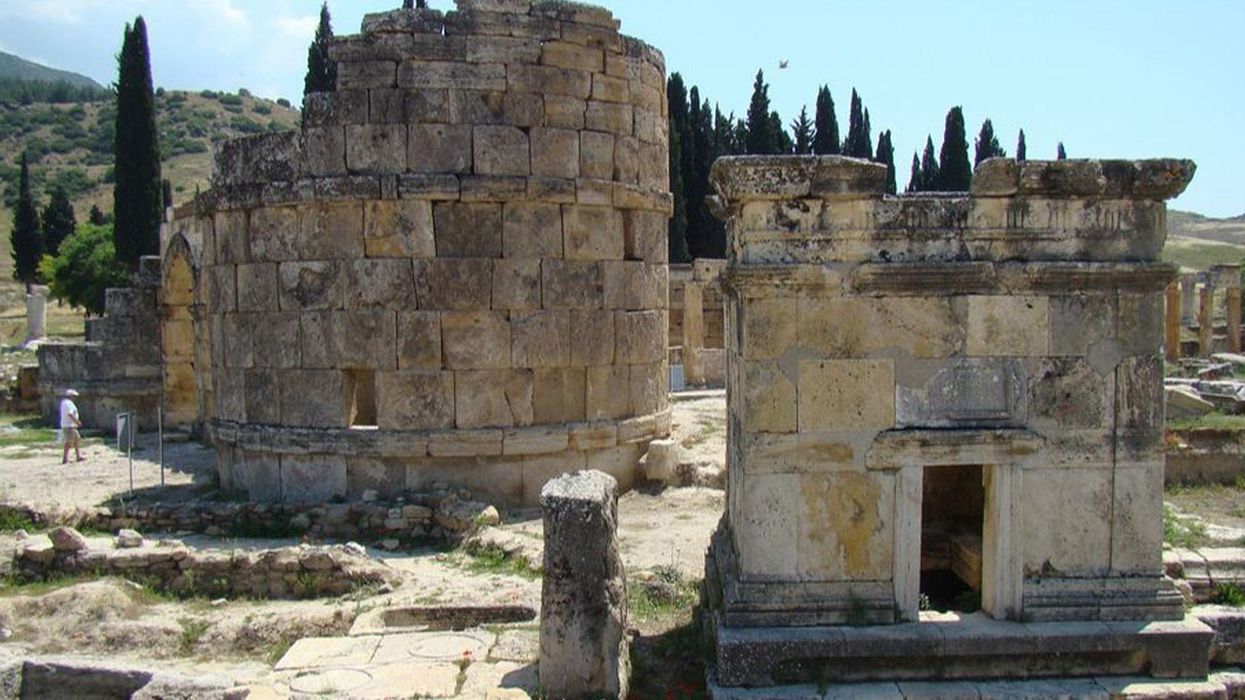Viral
Narjas Zatat
Feb 20, 2018

Picture:
F Tronchin/Flickr
Scientists have finally discovered the reason an ancient Greek site was killing those that got too close to it.
It’s quite simple really: gas.
Legend has it humans and animals who approached tge site, referred to as ‘Hades' Gate’ and located in Turkey’s western Denizli province, died.
Scientists have discovered that there is truth to the story.
Writing for the journal Archaeological and Anthropological Sciences, scientists found that the cave sits over a fissure that continuously releases large quantities of carbon dioxide – even today.
The concentration of carbon dioxide was stronger closer to the ground, which is why animals were more likely to die.
Wind direction and sunlight also played a part in dispersing the noxious gas.
The study concluded:
They [carbon dioxide] reach concentrations during the night that would easily kill even a human being within a minute. These emissions are thought to reflect the Hadean breath and/or the breath of the hellhound Kerberos guarding the entrance to hell.
Our measurements confirm the presence of geogenic CO2 in concentrations that explain ancient stories of killed bulls, rams, and songbirds during religious ceremonies. They also strongly corroborate that at least in the case of Hierapolis, ancient writers like Strabo or Plinius described a mystic phenomenon very exactly without much exaggeration. Two thousand years ago, only supernatural forces could explain these phenomena from Hadean depths.
H/T Archaeological and Anthropological Sciences
More: An ancient city has been discovered in the middle of the ocean
More: Ancient sea cow's remains discovered on a Russian island
Top 100
The Conversation (0)













